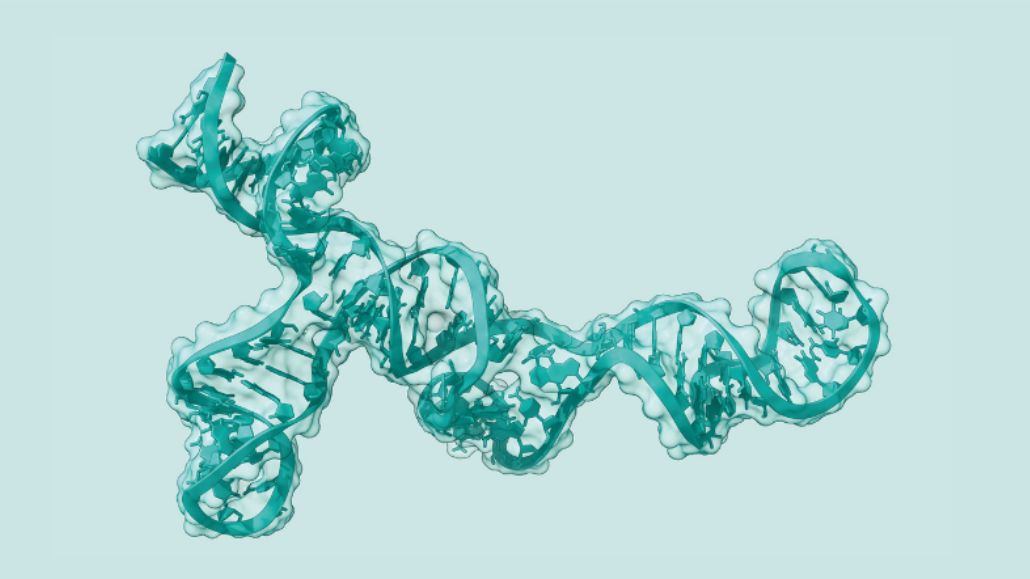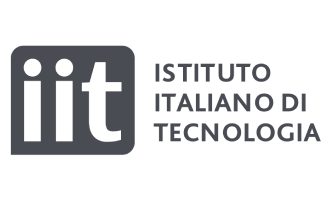WP 8.2 focuses on developing complex biological models (2D/3D, human organoids, organ-on-chip, in embryo models) that mirror disease complexities, which aim to reduce animal usage to assess delivery efficiency and toxicity. This includes integrating omics into nanotechnology to evaluate interaction with biological components, alongside live cell imaging through optical nanoscopy for assessing endosomal escape. This strategy aims to refine and select promising candidates developed in the project and to expedite Spoke 9 preclinical studies.
WP 8.3 aims to manufacture pharmaceutical prototypes that meet the Investigational New Drug quality standards in the early developmental phase. This involves implementing scalable current Good Manufacturing Practice (cGMP) compliant technologies like microfluidics and supercritical fluids, as well as transitioning from small laboratory batches to large industrial volumes, and selecting excipients from final formulations. Nanoplatform production lines found under cGMP conditions enable the progression of robust prototypes for preclinical animal studies and address challenges of their scalability early on. Activities also include evaluating formulation-container compatibility and exploring the feasibility of obtaining final powder formulations. We are developing specific Artificial Intelligence (AI) solutions and monitoring tools to ensure sample quality control between labs. AI is used to elaborate results by linking coherent nanoprototype properties to biological outcomes.
















